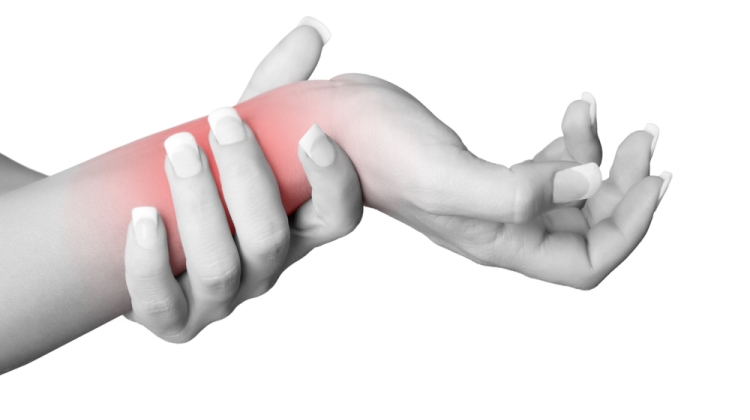


We all get aches and pains once in a while. One of the best ways to prevent and reduce muscle pain is to do mild stretching and low impact exercise such as walking, swimming, cycling, yoga or tai chi. Simple exercises increase blood flow to the sore area and help the muscles warm up and become less stiff.
You can also deal with pains at home using a technique called trigger point therapy or myofascial release. Trigger points (myofascial trigger points) are knots that form within the muscle tissue that cause feelings of tenderness, pain and soreness when depressed. Releasing these knots with the aid of a tennis ball (or specially designed roller) can help alleviate muscle pain, stiffness and even soreness due to exercise. The key of dealing with common pain complaints (in the knee, neck or back) is to treat not just the site itself, but the muscles connected to it. After all, all our muscles are connected to each other, so trouble in one area can lead to tightness and pain in others.
How to release trigger points with a tennis ball
To release trigger points, you simply need to lie on the floor on top of the ball and position it to target the specific spot, using your own body weight to add pressure or support yourself with arms and legs to reduce the pressure. For back muscles, simply back with your knees bent and feet close to your buttocks. Use your bent legs to manoeuvre the ball and lever yourself on or off the tennis ball to adjust the pressure. For muscles on the front of the body, lie facing forward with your body propped on your elbows. Alternatively, place the tennis ball between you and a wall to roll while standing upright. To start, roll the tennis ball around the whole area of muscle to warm it up and identify the spots that hurt more. After rolling, focus on specific spots of pain by moving the tennis ball to these points and holding it there, adding a little more pressure to the spot for about 20 to 30 seconds. Breathe deeply and move to another spot. It takes some practice but will get easier with time. Here are some tips on alleviating common pain complaints.
Hip pain
Hip pain can stem from low back pain disorders and tightness in the muscles of the hip region. Focus on:
Lower back pain
As many as twelve muscle groups can be involved in a low back pain, from tight leg muscles to poor abdominal strength. Focus on:
Knee Pain
Knee pain can be caused by overloaded thigh muscles that - when sore - affect the balance of the leg. This results in sudden buckling or weakness of the knee. Focus on:
Safety note
If your pain stems from injury, inflammation, infection or degeneration of bone or muscle, or if you have a chronic condition it is best to see a doctor to check if trigger point therapy is suitable for you. Otherwise, the technique is safe and easy to do yourself in the comfort of your home.